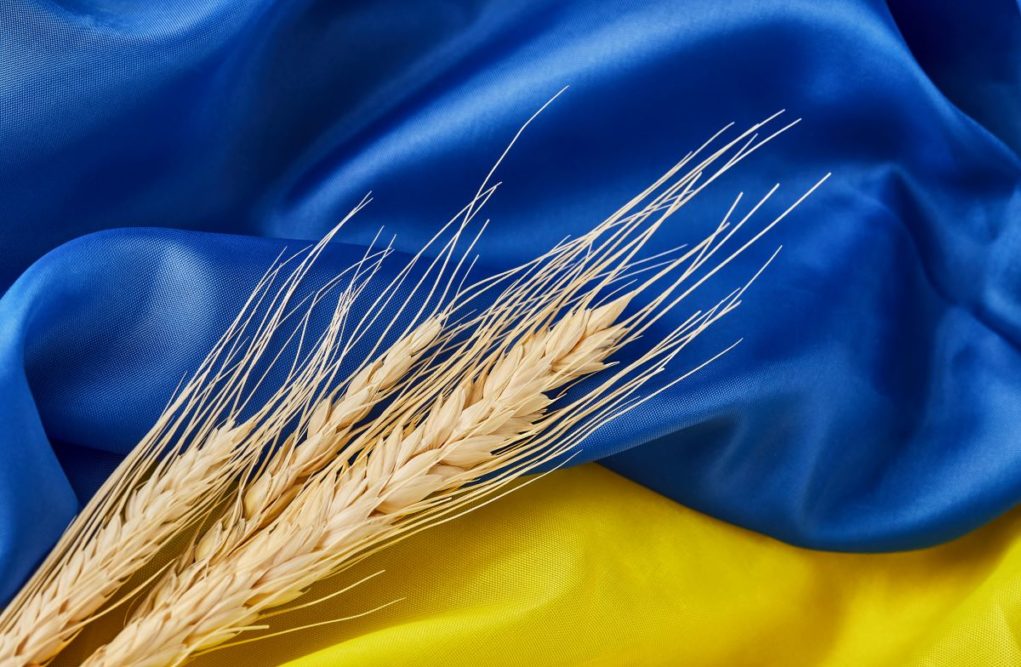KANSAS CITY — A month after Russian forces invaded Ukraine, combat continues to roil myriad world markets, not the least of which is wheat.
Uncertainty about world supplies continues to underpin US wheat prices, which built in a risk premium of about $1 a bu in the month following the invasion. The key unknowns are how much winter wheat Ukrainian producers will be able to harvest, how much spring wheat and other crops they can seed in the just-underway planting period, and how much grain eventually can be shipped from compromised ports in the Eastern European nation.
Some analysts have suggested only 40% to 60% of typical acreage might be seeded this spring in Ukraine.
Ukrainian producers in the northwestern province of Rivne on the border with Belarus have begun seeding of spring crops, including spring wheat, oats and sugar beets, Reuters reported March 22, and had plans to seed large areas with spring cereals, sunflower and soybeans.
Farmers in the area will attempt to sow 1.04 million acres and provide support to regions to the southeast where harvests may be more heavily disrupted by the war with Russia, Governor Vitaliy Koval told the news outlet. He said 66% of fields with winter crops had been fertilized.
“The greatest domestic impact at this point is the ongoing uncertainty of how scarce supplies will be, where they’re going to be,” a veteran market analyst and grain broker told Milling & Baking News. “The Russians have said next month they’ll export 2 million tonnes of wheat compared to 2.3 million to 2.4 million in the past. So, they’re still exporting, whereas the Ukrainians won’t be able to ship from those ports. There are some reports of shipping by train, and news reports are obviously having an impact on prices, but a lot of it’s not factual, not verified.”
Thus far, wheat-importing countries have sought alternative sources to fill out pipelines averaging about three months’ worth of supply, he said. The largest volume buyers of Ukrainian wheat are Egypt, Indonesia, Bangladesh and Pakistan. Smaller volumes typically are purchased out of Ukraine by Turkey, Morocco, Tunisia, Yemen, Lebanon and Philippines. Many of them already are procuring wheat from different origins, rather than simply hoping for a quick end to the Russia-Ukraine conflict and a return to normalcy in shipping. India has indicated a desire to fill the wheat export void left by Russia and Ukraine. So far, US wheat exports have not seen a significant jump in volume, at least in part because sharply higher US prices have kept its wheat priced out of most export tenders despite higher offers from other exporters.
In terms of agricultural impacts, the conflict has generated numerous questions and few solid answers.
“With uncertainty comes risk, and a risk premium has been put into wheat prices,” the analyst said. “Spring wheat’s gone from $9.62 (a bu) the day before the war and we’re now near $11, so more than a dollar of risk premium has been built in. Nobody had seen the hard red winter basis go to no bid before, and folks in the industry longer than me had never seen the Minneapolis basis roll from the May bid to July that early.
“Now, the initial dust is starting to settle, smoke starting to clear a little bit. The question was how we’re going to feed the people, where we’ll get wheat, and now there are other countries exporting. Mills are getting covered. They’re worried about what’s going to happen, so the uncertainty has caused millers to say ‘we’re usually 20% covered this time of year, let’s be at 30% as a precaution’ and ‘What happens if we have another drought?’ Just a lot of open questions.”
Another lingering question is what a post-war wheat export and supply picture will look like, not to mention prices. Ideas are importing countries could grow more accustomed to lasting alternatives the longer short-term export pattern changes last. Other factors, such as quality, would find some buyers reverting back as soon as feasible.
“Buyers aren’t going to move to India for wheat because the quality won’t be there after they’ve fed their country first,” the analyst said. “Total US wheat production is forecast at 1.65 billion bus, the lowest since 2002, spring wheat production is thought to be down 297 million bus from deep drought conditions last spring, ending stocks are seen at the lowest levels in eight years. So there are three bullish factors there. At the same time, there were predictions $5-a-gallon gas would really cut consumption, so when does a $7 loaf of bread cause consumers to make a shift at the grocery store?”




